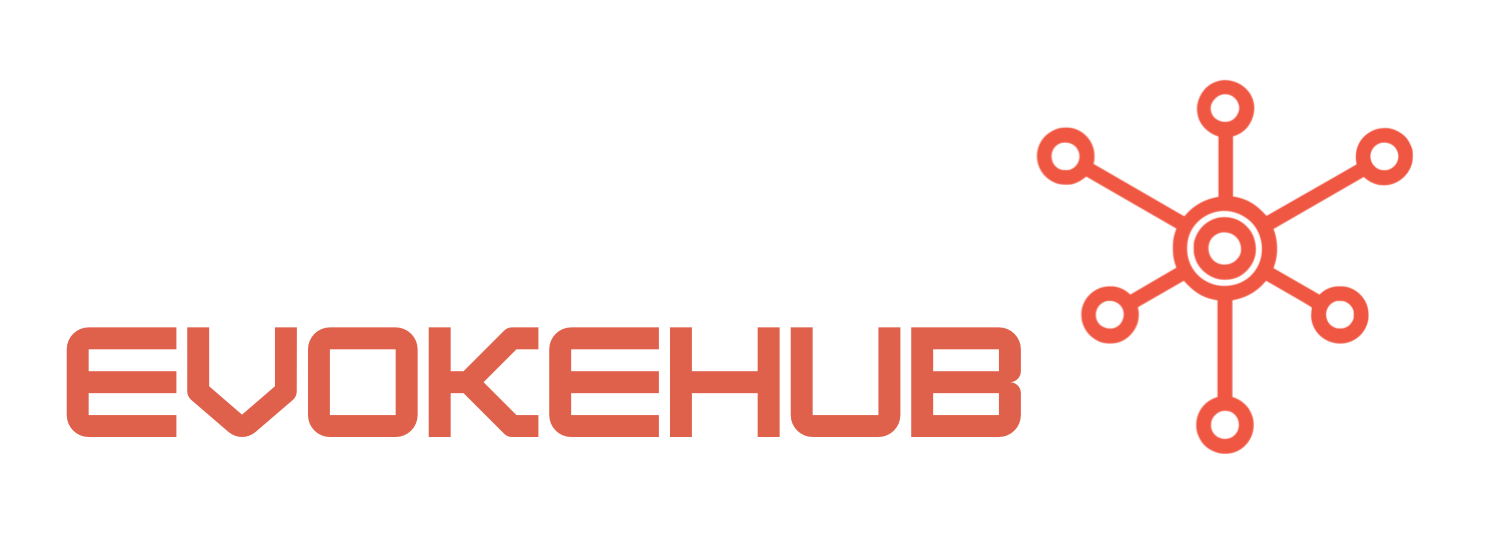The Evolution of .NET Web Applications: A New Era Begins
The .NET framework has evolved dramatically since its inception, transitioning from a primarily server-side environment to a comprehensive platform that supports modern web applications. The introduction of .NET Core marked a pivotal moment, enabling developers to build cross-platform applications with improved performance and flexibility. As developers embraced microservices architectures, the demand for more responsive and interactive web applications surged, leading to a reimagining of how .NET can be leveraged in the web space.
With the advent of Blazor, a framework for building interactive web UIs using C# instead of JavaScript, .NET developers gained a powerful new tool for creating rich client-side applications. Blazor enables developers to write both client-side and server-side code in a single language, streamlining the development process. This shift has created a more cohesive development experience, allowing organizations to unify their tech stacks and reduce the complexity typically associated with managing multiple languages and frameworks.
As the demand for real-time communication and efficient data transfer grows, new protocols and technologies have emerged to meet these needs. Among them, gRPC-Web stands out as a modern solution to enable efficient communication between web clients and backend services. By leveraging Protocol Buffers, gRPC-Web allows developers to define service contracts in a language-agnostic way, promoting interoperability while reducing the overhead typically associated with RESTful APIs.
Leveraging gRPC-Web and WebAssembly for Enhanced Performance
gRPC-Web enables developers to build high-performance web applications with streamlined communication between the client and server. Unlike traditional REST APIs, gRPC uses HTTP/2 for transport, providing benefits such as multiplexed streams, header compression, and bidirectional streaming. This architecture allows for more efficient use of network resources and can lead to a marked reduction in latency for web applications. The ability to handle multiple requests concurrently without the overhead of HTTP/1.x makes gRPC-Web an attractive choice for data-heavy applications.
Moreover, gRPC-Web’s integration with .NET applications is seamless, allowing developers to take advantage of existing tools and libraries. By using gRPC’s code generation features, developers can automatically create client stubs in various languages, ensuring that the client-side implementation is always in sync with the server-side definitions. This reduces the chances of inconsistencies and errors, ultimately leading to faster development cycles and improved application reliability.
On the other hand, WebAssembly (Wasm) has emerged as a game-changing technology that allows developers to run code written in languages like C#, Rust, and C++ in the browser at near-native speeds. With the introduction of Blazor WebAssembly, .NET developers can now compile C# code directly to WebAssembly, enabling rich client-side applications without the need for JavaScript. This not only enhances performance by reducing the need for constant back-and-forth communication with the server but also allows developers to leverage their existing C# skills in the browser environment.
The future of .NET web applications looks promising, particularly with the continued integration of technologies like gRPC-Web and WebAssembly. By adopting these tools, organizations can build faster, more efficient, and highly responsive web applications that meet the demands of modern users. As developers embrace these advancements, they will not only enhance their productivity but also deliver exceptional user experiences. The evolution of .NET web applications is just beginning, and the next era promises to redefine how we build and interact with web-based software.




